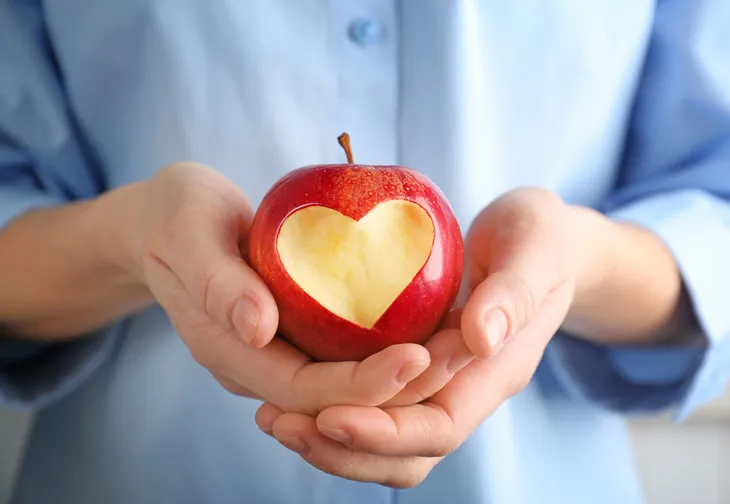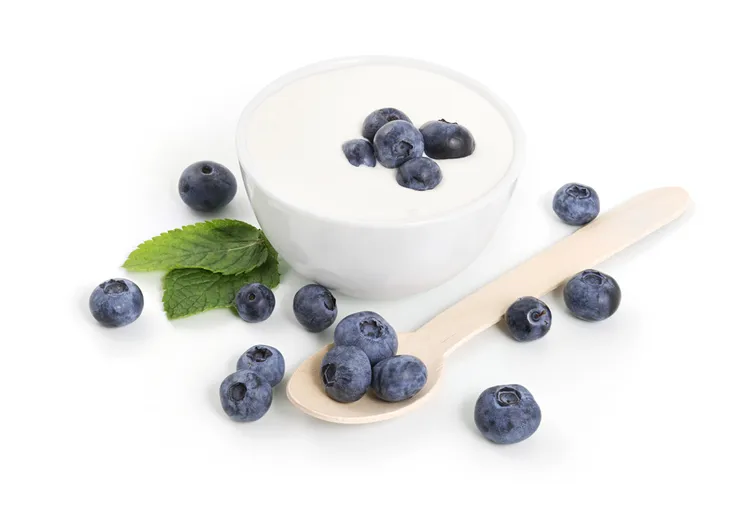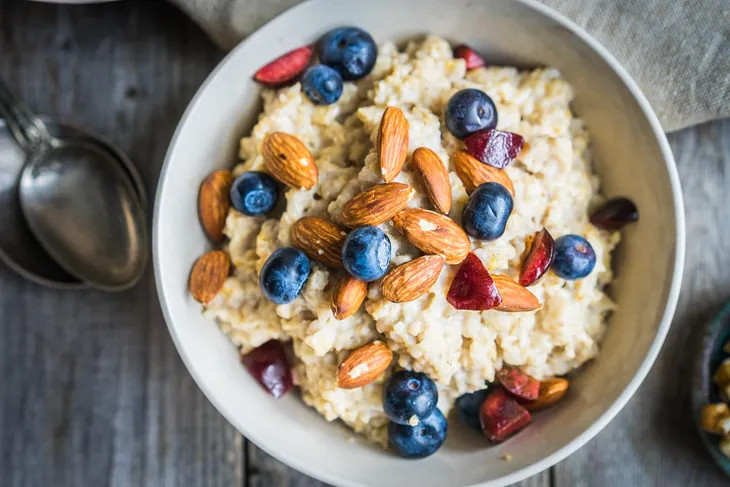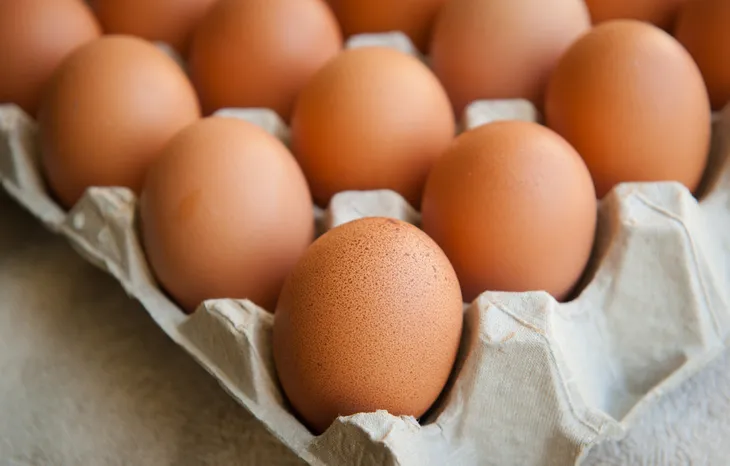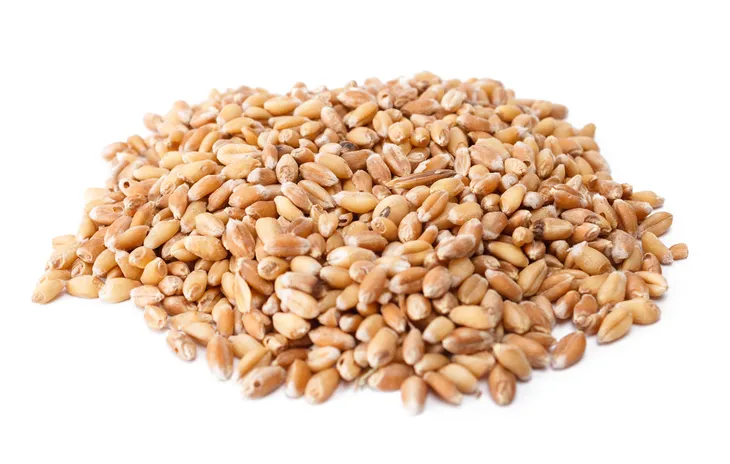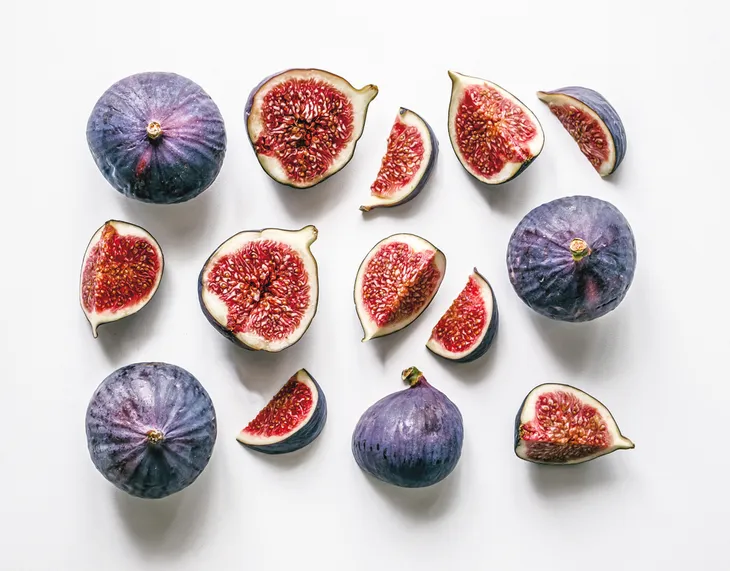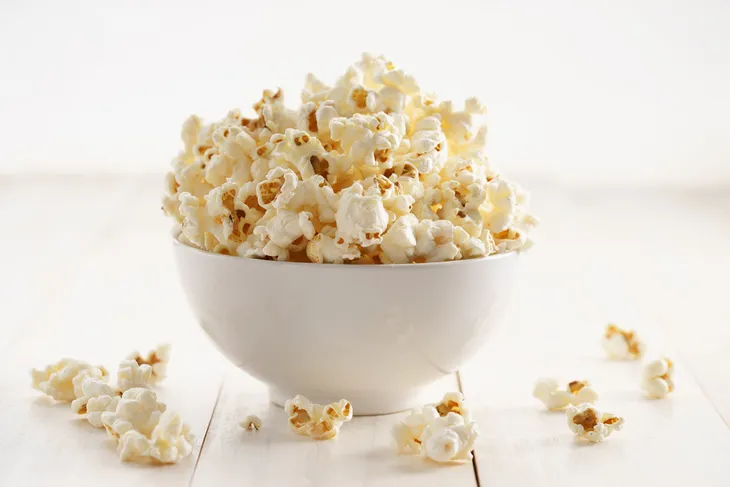The trouble with eating while trying to maintain a healthful lifestyle is that many of us reach for foods that don’t satisfy hunger.
However, you can find hunger satiating foods to eat even when you’re trying to shed unwanted pounds if you focus on foods that are high in protein and fiber, according to Dr. David Katz, the founder of the Prevention Research Center at Yale University.
Here are eight healthy yet filling foods…
1. Apples
An apple a day keeps the doctor away, sure, but apples will also keep hunger at bay! How? This fruit is a rich source of pectin, which studies link to satiation and slowing down the digestive process—which means they keep you full for longer.
A research study featured in the journal, Gastroenterology, revealed that individuals who consumed apples as part of their meal (i.e., in salad or atop oats) consumed less calories during the meal and felt satiated for a longer period following the meal.
2. Greek Yogurt
According to a research study from Harvard University, dairy proteins, like Greek yogurt, keep blood sugar levels balanced, which reduce hunger and the tendency to overeat. However, the key is picking Greek yogurt, which removes the liquid whey, and contains twice the amount of protein compared to other yogurts.
Researchers noted that Greek yogurt also typically contains less sugar compared to other yogurts. The study, which monitored the eating habits of 120,000 participants over a 20-year period, pinpointed yogurt as the single best food for weight loss.
3. Oatmeal
If you ate a bowl of oatmeal for breakfast this morning, chances are you were satisfied until lunchtime. Oats are naturally high in fiber content, which means they absorb liquids (i.e., cow’s milk, almond milk, water) as they thicken, sort of like a sponge.
Opt for plain oats and mix with low fat milk, unsweetened almond milk, or water and fibrous berries, apple slices, or protein-rich nuts. Oats keep you full for longer because they slow the digestive process and stabilize insulin levels to prevent unstable blood sugar.
4. Eggs
According to research from Saint Louis University, eggs are nature’s complete protein—which means they harness all 9 amino acids not produced by the body (i.e., tryptophan, histidine, lysine, methionine, leucine, isoleucine, phenylalanine, valine, and threonine). This is why it’s vital not to throw out your egg yolks.
I know egg yolks have developed a bad rap for containing too much fat and cholesterol. However, research from the Academy of Nutrition and Dietetics tells us not only are not all fats and cholesterol bad for us—the amino acids in eggs (including the yolks) stimulate the release of the body’s natural appetite suppressing hormone (i.e., leptin and ghrelin).
5. Wheat Berries
Like quinoa, wheat berries are whole-wheat grains, or kernels, which contain huge stores of fiber and protein. And if you’re trying to lose weight, fiber and protein should be considered your greatest nutritional allies.
According to research from WebMD, both fibrous and protein-rich foods, like wheat berries, stimulate the release of vital appetite suppressing hormones (i.e., ghrelin), which trigger “I’m full” SOS signals to the brain and gut.
6. Beans
Beans, beans, they’re good for your heart, but it turns out beans in soups, stews, sauces, stir-fries, and atop salads are also great for your waistline. Today’s Dietitian, the magazine for nutrition professionals, notes that beans provide impressive does of fiber and resistant starch—while remaining low in calories.
Plus, beans of all varieties (i.e., black beans, kidney beans, lentils, navy beans, etc.) are easily incorporated into low fat and low calorie soups, stews, and sauces that fill you up. The resistant starches found in beans, slow the release of carbs (or sugar) in the bloodstream, which keeps you full for much longer.
7. Figs
If you’re guilty of having a sweet tooth, weight loss can be difficult if you constantly crave foods made with loads of refined sugar—like baked goods, candy, chocolate, and ice cream.
However, a natural source of sweetness can be found in figs. This fruit also packs plenty of fiber, and one fig is quite dense and filling while satisfying any sweet urges. Try dicing up a fig into your oats or bake them into healthier cookies and muffins with a bit of added protein (i.e., raw nuts).
8. Popcorn
There’s the salty, butter-drenched popcorn you buy at the movies—and then there’s the air-popped corn you can make for yourself at home. If you’re trying to eat smart, reach for the later.
Weighing in at roughly 90-calories per 3-cup serving, according to stats from Livestrong.com, air-popped corn with no added butter or cheese topping is considered a low-energy-density food. That means it occupies more space in your stomach, and satiates you faster, preventing return snack attacks. Try natural, fat free spices—like cumin, dill, red pepper, chili, and curry as your popped topping.

